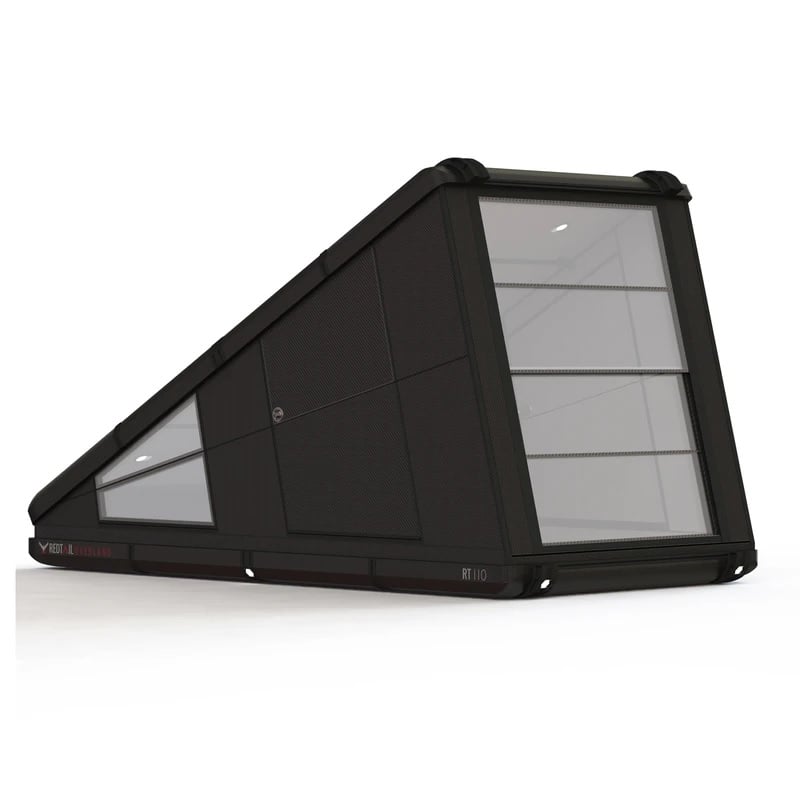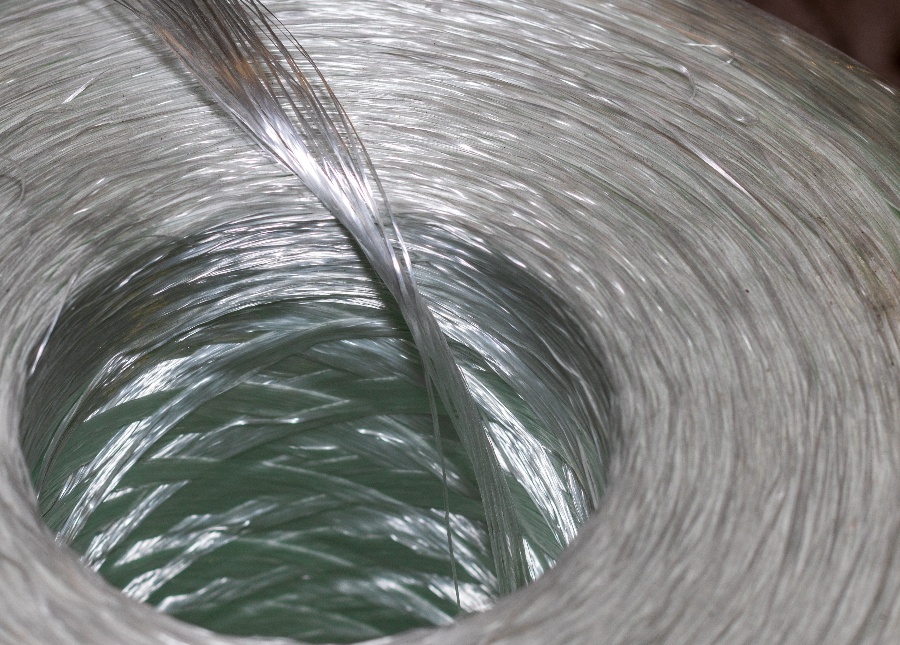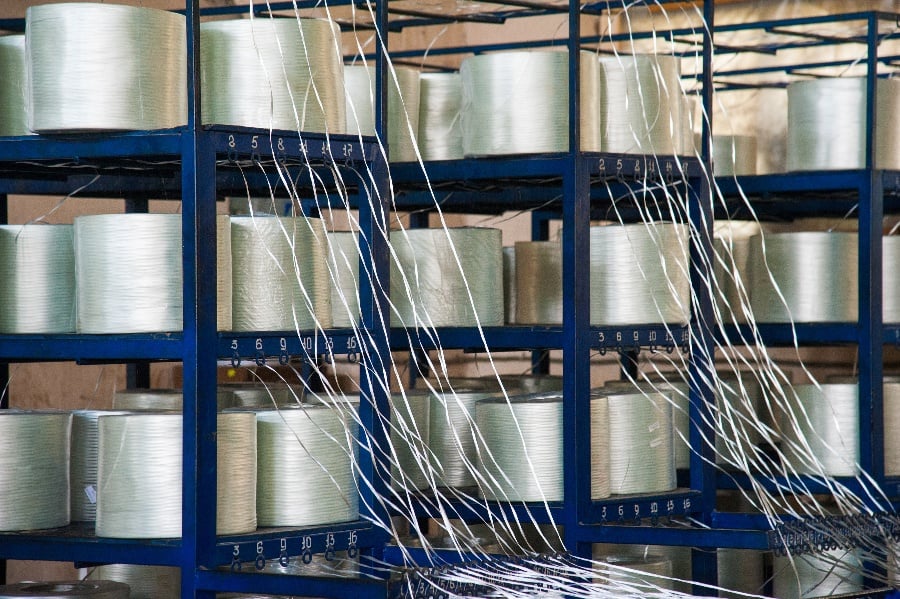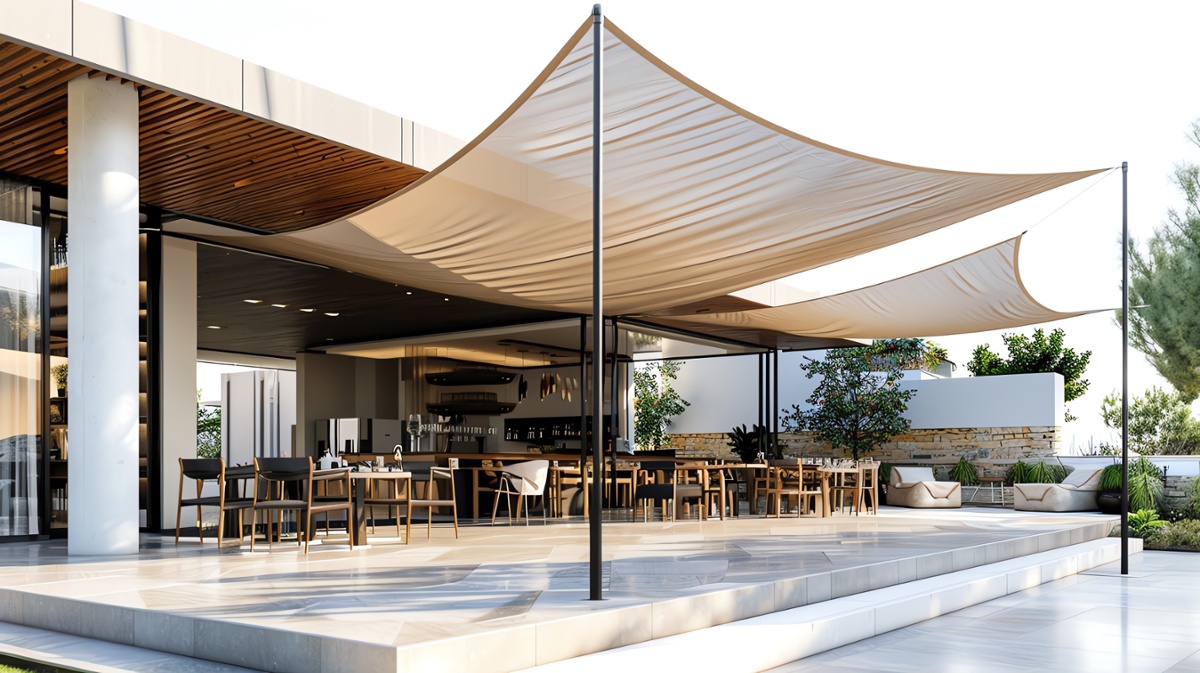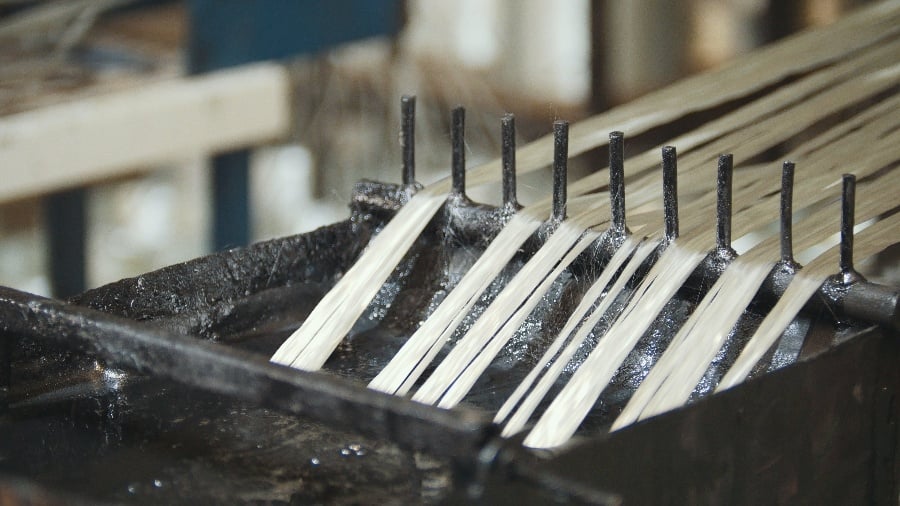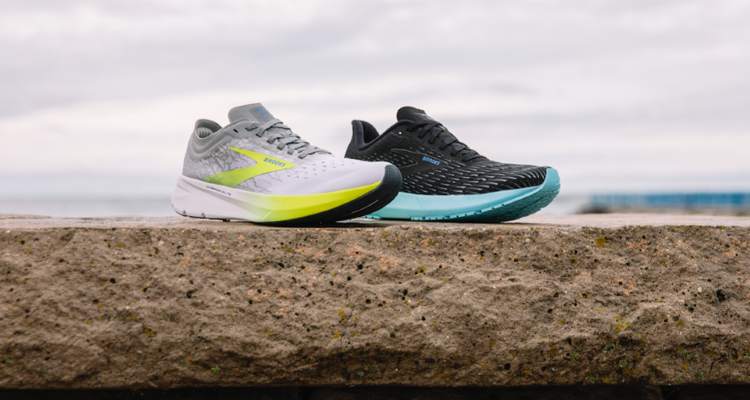
The $5 trillion global sporting goods industry is where you will find a large number of Fiber Reinforced Polymer (FRP) composite applications.
Used to create everything from tennis rackets to kayaks, there is no better material available today that can do the job of fiberglass or carbon fiber.
So why are FRP composite materials so popular in the world of sports and recreation? Our experts here at Tencom are here to shed some light on the subject.
Light in Weight
One of the main reasons why sporting goods companies love to use fiberglass and carbon fiber in their products is that FRP composites are so lightweight. Recently, a Portuguese manufacturer created the world’s lightest kayak out of carbon fiber.
Weighing 20.5 lbs (9.3 kg), this kayak is measured at 18.9 ft (5.75 m) in length. The secret is in the epoxy resin. Instead of using the average epoxy, the company used a specialty resin to create a much stronger, lightweight bond.
Fiber-reinforced polymer rovings were pulled through a liquid bath of this specialty resin: the result was a kayak that is 10% lighter than others on the market. Oh, and did we also mention that it is 24% stronger and resistant to chemical damage? Those are just a few of the additional benefits of using FRP composites to build various sporting and recreational goods.
Another example of just how lightweight FRP composites are can be seen in the ultralight carbon fiber Eeyo 1 eBike. This electric hybrid bicycle features an open-style frame without a seat, and it only weighs 27.5 lbs.
It’s perfect for cyclists who live in heavily populated cities. They can ride to the metro station or bus stop without expending too much energy, and then they can easily carry the lightweight bike onto the train or bus for the remainder of the journey.
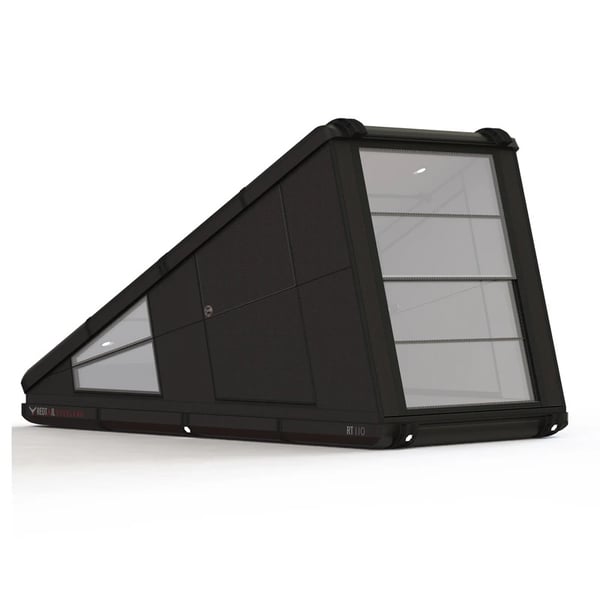 Redtail Rooftop Camper
Redtail Rooftop Camper
Pic Credit: Redtail Overland
Let’s take a look at another example – the latest rooftop camper design. The Redtail Rooftop Camper is a tent hybrid that sits atop your SUV. There are two models to choose from. The smaller unit can sleep two adults, and it only weighs 190 lbs. The larger model, at 250 lbs, can sleep two adults and two children.
Designed with absolutely no canvas material, these camper hybrids feature 3 hinged walls that fold in on each other for quick assembly. It even comes with solar panels and its own lithium battery so that you don’t have to pull energy from your vehicle.
FRP Composites vs Metals
Now that we’ve given you various examples of just how lightweight FRP composites are, here are a few general statistics. On average, fiberglass and carbon fiber pultrusion are 75% lighter than their metal counterparts.
Steel is far too heavy to be used in the construction of eBikes, campers, and other sporting goods. Due to its high susceptibility to moisture, it is completely out of the question for use in aquatic sporting goods like kayaks. Not only is it far too heavy for this application, it also easily rusts because of corrosion. Just imagine how impractical a steel kayak would be. It would sink directly to the bottom on the river and then corrode.
While aluminum is quite a bit lighter in weight than steel, it is still impractical for most sporting and recreational goods applications. There are some aluminum bicycles on the market today, but they are not the best. Since aluminum is a metal, it will get hot very quickly. Leaving an aluminum bicycle sitting in the sun for eight hours while you are at work will result in an untouchable bike when you’re ready to go home.
FRP composites are non-conductive. This means that the material does not transfer heat or electricity. So whether you leave a kayak, bicycle, camper, or any other type of sports gear made of FRP composites out in the sun all day, it will not be too hot to handle. One more thing to note is that fiberglass profiles as well as carbon fiber products will not be damaged by sun exposure or other natural elements.
Eco-Friendly
Another benefit of using FRP composites in the creation of sporting goods or recreational toys is that they are recyclable. At this point, you may be thinking that metal can also be recycled. However, there is a deep, dark fact that is not widely known.
Only 30% of metals around the world get recycled. The most commonly recycled metals are iron and steel. They are ferrous metals which means that they are magnetic and can be easily sorted using a giant magnet at a recycling facility.
As for aluminum, this non-ferrous (non-magnetic) metal is used to make cans for carbonated beverages. Although some families try to do their part by separating the used cans out for recycling, it isn’t enough. One aluminum can ending up in a landfill is the equivalent of wasting the same volume of gasoline.
Meanwhile, FRP composites are commonly recycled and reused to create entirely new products. One company is taking discarded carbon fiber parts from vehicles and airplanes and using them to create eco-friendly surfboards.
The process uses reclaimed carbon fiber after it has been milled. Mixing the chopped pieces into a liquid resin bath, the production of waste is essentially eliminated. The result is the world’s first recycled carbon fiber surfboards that are lightweight and durable.
FRP Composite Sporting Goods
Here at Tencom, we specialize in sporting goods made from FRP composites. Our fiberglass and carbon fiber profiles are high-quality and long-lasting.
Used in a wide range of applications including the ones we’ve mentioned here plus others like RVs, snowmobiles, boats, golf clubs, and ATVs, you can’t go wrong with pultruded profiles. For more information about our available products or to request an accurate quote, contact our team today.

